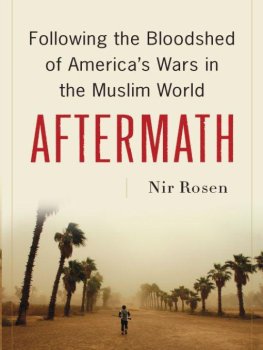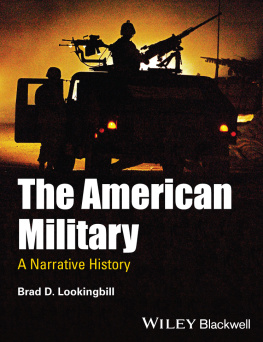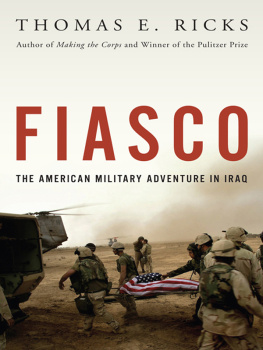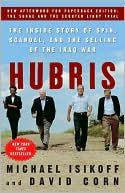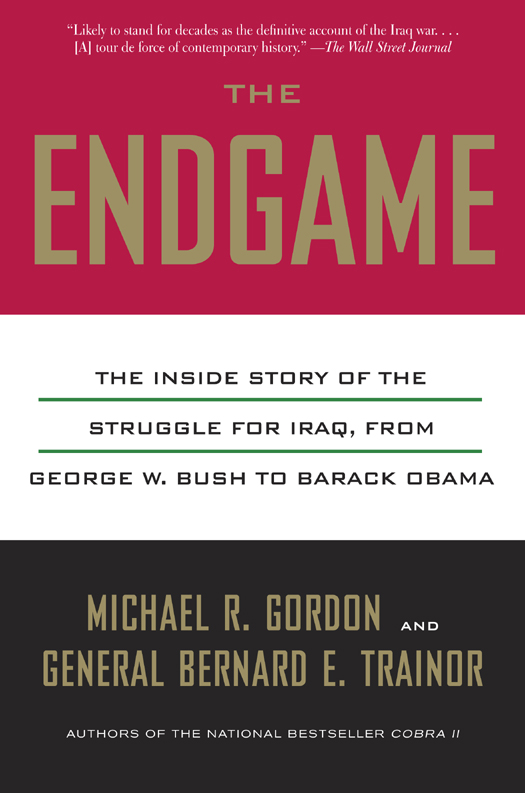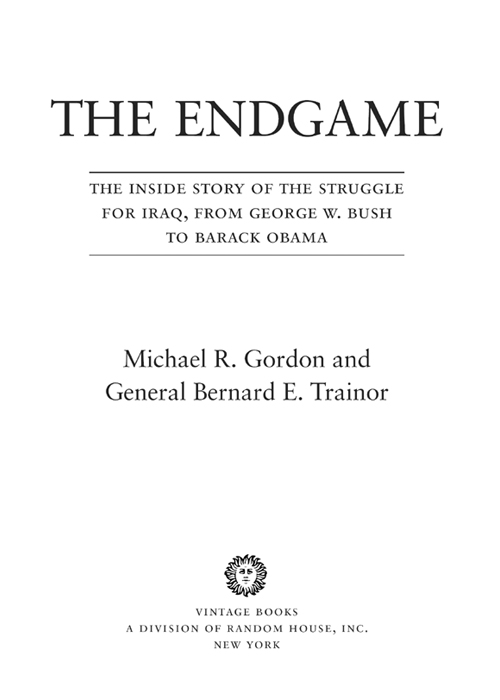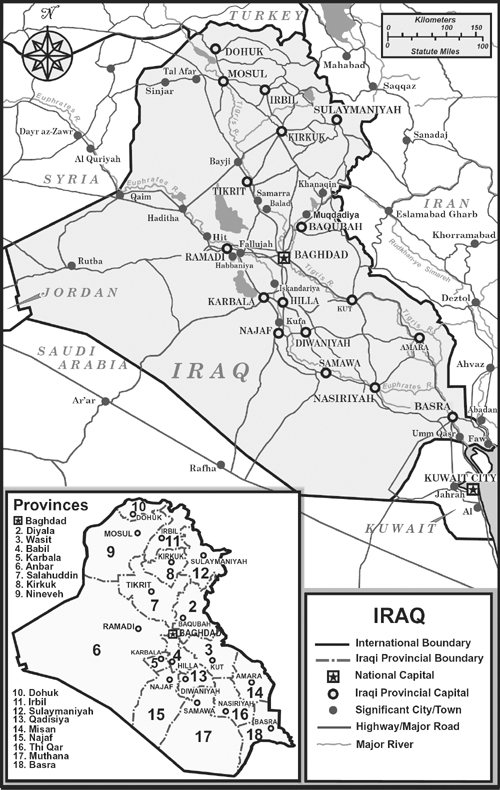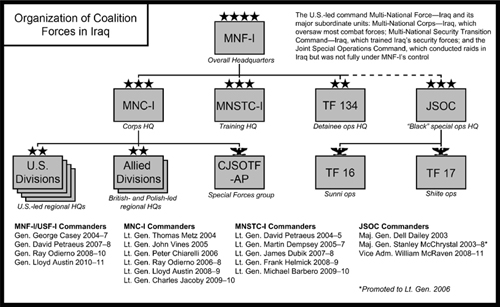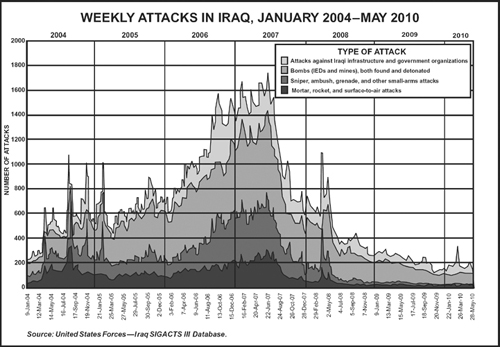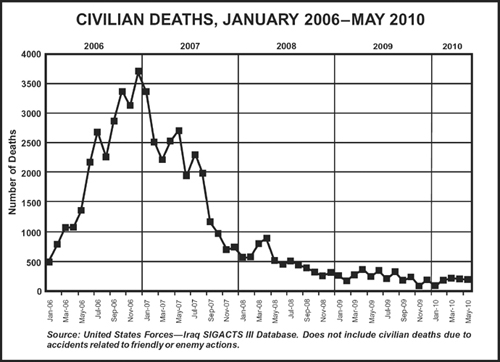FIRST VINTAGE BOOKS EDITION, MARCH 2013
Copyright 2012 by Michael R. Gordon and Bernard E. Trainor
All rights reserved. Published in the United States by Vintage Books, a division of Random House, Inc., New York, and in Canada by Random House of Canada Limited, Toronto. Originally published in slightly different form in hardcover in the United States by Pantheon Books, a division of Random House, Inc., New York.
Vintage and colophon are registered trademarks of Random House, Inc.
The Library of Congress has cataloged the Pantheon edition as follows:
Gordon, Michael R., [date]
The endgame : the inside story of the struggle for Iraq, from George W. Bush to Barack Obama / Michael R. Gordon and General Bernard E. Trainor.
p. cm.
Includes bibliographical references and index.
1. Iraq War, 20032011. 2. InsurgencyIraq. 3. IraqPolitics and government
21st century. 4. Iraq War, 20032011Political aspectsUnited States.
5. United StatesArmed ForcesIraqHistory. 6. IraqEthnic relations.
7. IraqRelationsUnited States. 8. United StatesRelationsIraq.
I. Trainor, Bernard E., [date] II. Title.
DS79.76.G672 2012 956.70443dc23 2012024746
Trade Paperback ISBN: 978-0-307-38894-0
eBook ISBN: 978-0-307-90697-7
Book design by M. Kristen Bearse
Cover design by Archie Ferguson
www.vintagebooks.com
v3.1
To the Iraqis who risked their lives
to try to build a democratic Iraq
Authors Note

Wesley Morgan, a 2011 graduate of Princeton University, was integral to the research and writing of this book. He conducted interviews in the United States, Iraq, and Afghanistan, drafted chapters, and contributed reported material and fresh ideas throughout. His encyclopedic knowledge of the American military and its wars, along with his dogged reporting, added substantially to the work.
Contents

PART 1 Iraqi Freedom
The Occupation and Its Discontents, 20032006
PART 2 Double Down
The Surge and Its Aftermath, 20062008
PART 3 New Dawn
Obama, Maliki, and Beyond, 20082012
Click to see a larger image.
Click to see a larger image.
Click to see a larger image.
Click to see a larger image.
Click to see a larger image.
Click to see a larger image.
Prologue

No one book can capture an event as complex as a war, especially a nine-year war in a distant nation that from its outset was permeated by tribal, religious, ethnic, local, and regional politics. Nonetheless, this volume seeks to provide the most comprehensive account to date of the United States involvement in Iraq.
From the start, our goal was to cover Iraqs halting political development as well as the military battles. We gave attention to decisions in Baghdad as well as Washington. And we covered the clashes and political maneuvering from the early days of the American-led occupation, through the descent into sectarian violence, the surge that pulled Iraq back from the brink of civil war, and the vexing aftermath.
This was an ambitious project, but we have been covering the Iraq War from the start. Through two American presidents, a succession of Iraqi prime ministers, and a variety of United States commanders, we tracked events on the ground in Iraq and in Washington. We were present for many of the ferocious battles in Anbar, Diyala, Mosul, and Sadr City, and we covered the nations political development. We saw American and Iraqi blood spilled, and we interacted with the generals, diplomats, and politicians on whose shoulders the decisions of the war rested.
Too many American accounts of the war in Iraq have left out the Iraqis, or cast them as little more than a backdrop for dramas that were played out in Washington or among American commanders in Baghdad. But they are essential actors in their own nations drama. For this reason, Prime Minister Nuri al-Maliki and rivals like Ayad Allawi, Massoud Barzani, and Adil Abd al-Mahdi share the list of the hundreds of interviews we conducted along with Iraqi generals, police commanders, tribal sheikhs, and student protesters. We also interviewed myriad American and British generals, as well as officers and enlisted troops down to the platoon level.
The objective was to weave together battles fought by the troops with closed-door Green Zone and White House meetings from the conflicts earlier days through the military withdrawal in December 2011. More than that, we have sought to explain not just what happened when and where, but why.
We have been aided in our task by unprecedented access to classified documents that chronicle the war as it was seen from the American embassy in Baghdad, from the White House, from military headquarters across Iraq, and from the command posts of special operations and intelligence units. The troves of secret documents on which we were able to draw shed light on corners of the Iraq story that would otherwise have remained dark for years.
Internal military and State Department reports have provided glimpses of roads not taken and opportunities missed. Firsthand after-action reports and cumulative briefings chart and bring to life the nighttime campaign waged in Iraq by the Joint Special Operations Command, the headquarters overseeing Americas most elite and secretive commando units, both against Sunni insurgents and later against Shiite militias and even the Quds Force, Irans operations and intelligence arm in Iraq. Still-classified oral histories show the war as commanders recounted it. CIA and other intelligence reports helped complete the mosaic.
In painting a picture of Americas complicated struggle with Iran in Iraq, for instance, we have been able to draw on General David Petraeuss classified updates to Defense Secretary Robert Gates, an unauthorized disclosure that opens a window into the inner workings of the war and describes Petraeuss own third-party interactions with the leader of that force, Qasim Suleimani.



